
Similar articles
More news
bcreative
Cultural & creative entrepreneurs call for improved mobility for market exploration and development
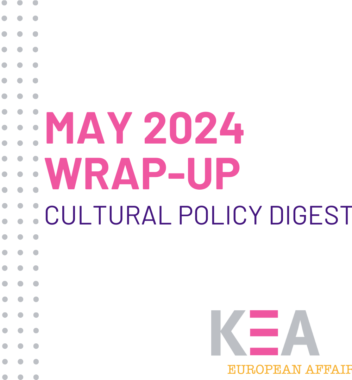
European cultural policy
Wrap-Up: KEA’s May Cultural Policy Digest

CCS
The Artsformation project kicks off
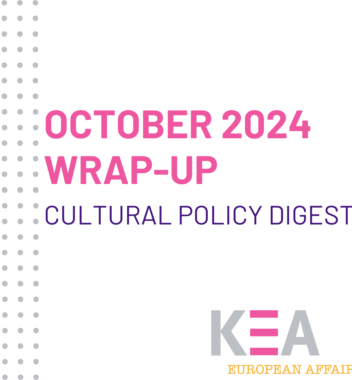
CCS
Wrap-up: KEA’s October Cultural Policy Digest
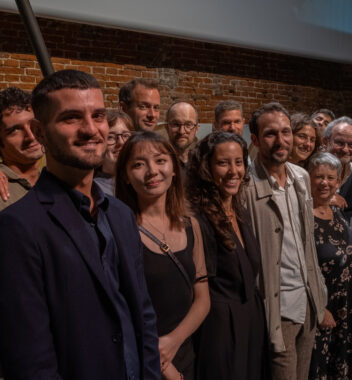
CCS
KEA European Affairs: 25 Years of designing Cultural Policies

bcreative
b.creative – Probably the largest network of creative entrepreneurs in the world!
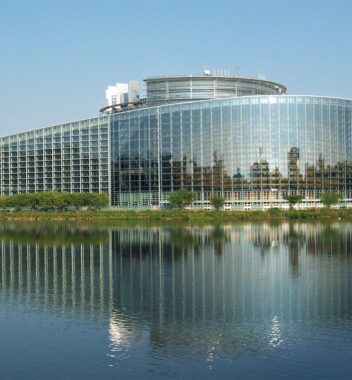
European cultural policy
Key takeaways from CULT Committee meeting in Strasbourg

News
Welcome Lorenzo to the team!

News
Call for Support
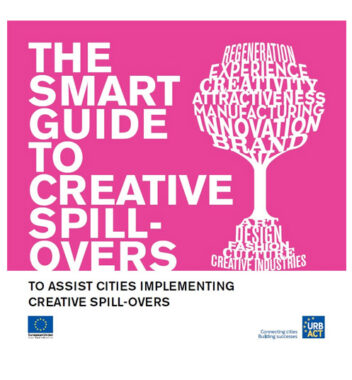
Press Release
Communiqué – 20 April 2015 – KEA Releases Smart Guide on Creative Spill-overs

News
Welcome Marte to the team!

Culture
Stimulate innovation through the arts
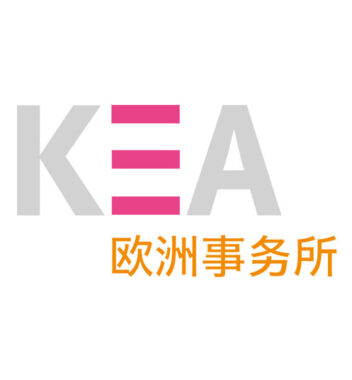
News
Philippe Kern invited by the Shenzhen authority to advise on policies to attract foreign investment
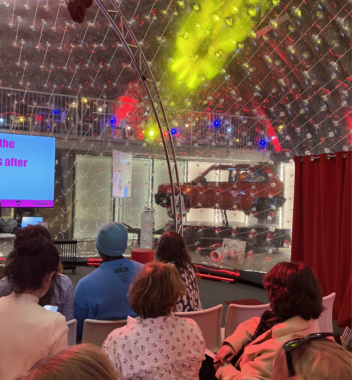
CCS
KEA in Hilversum for EPIC-WE’s On-Site Consortium Meeting
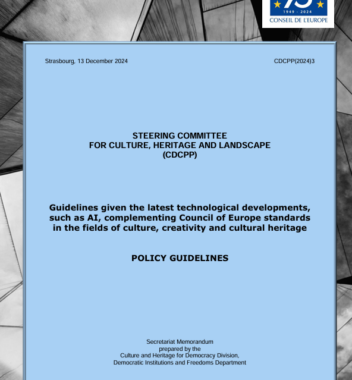
News
Council of Europe adopts new Guidelines on AI, Culture, and Heritage – with the expertise of KEA’s founder Philippe Kern

CCS
Welcome Frank to the team!

EU
Wrap-up: KEA’s December Cultural Policy Digest
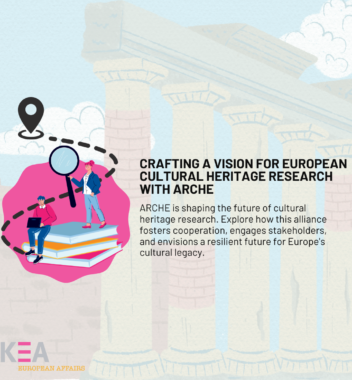
European cultural policy
Crafting a vision for European Cultural Heritage research with ARCHE

Heritage
PRESS RELEASE – launch of ARCHE – Alliance for Research and Innovation in Cultural Heritage in Europe
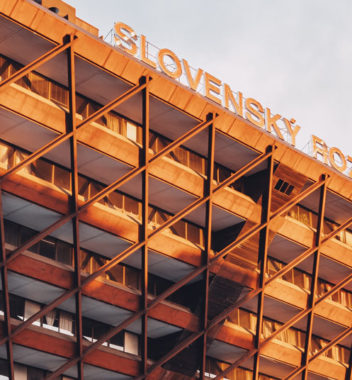
Culture
KEA completed a strategic review of Slovak cultural industries policy

News
Wrap-up: KEA’s February Cultural Policy Digest
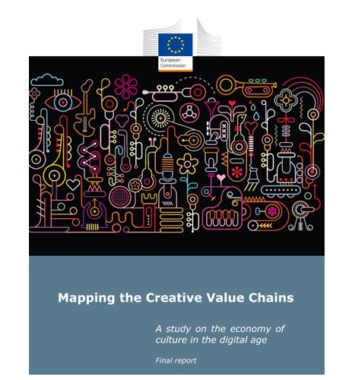
Creative Economy
Communiqué 8 June 2017 – European Commission unveils study on the impact of technology on culture and creative industries at MIDEM

News
Welcome Aleksandra to the team!

Copyright
KEA reports on the Creatis Talk with PIAS Belgium Director Damien Wasselle and Benjamin Schoos
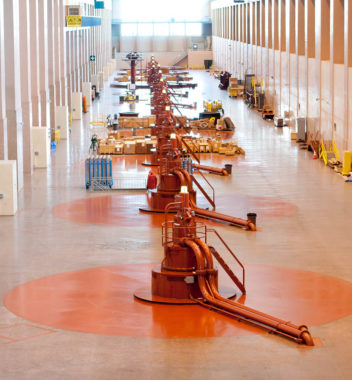
Culture
Public Consultation on the CIP programme – KEA’s contribution – CIP to Promote Creativity
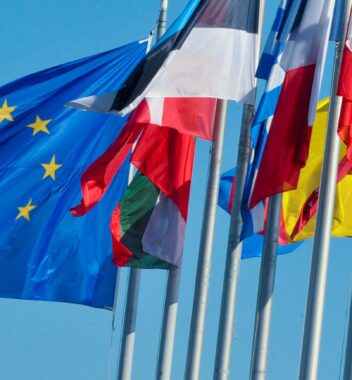
European cultural policy
First impressions on the new EU Work Plan for Culture 2023-2026
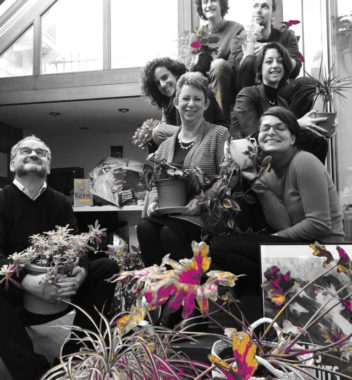
News
Happy New Year! KEA turns 20!

Creative Economy
KEA and Panteia start off a new Study in the frame of Music Moves Europe
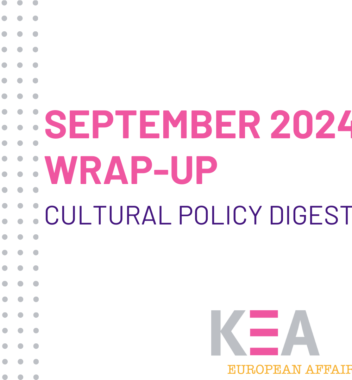
European Commission
Wrap-up: KEA’s September Cultural Policy Digest
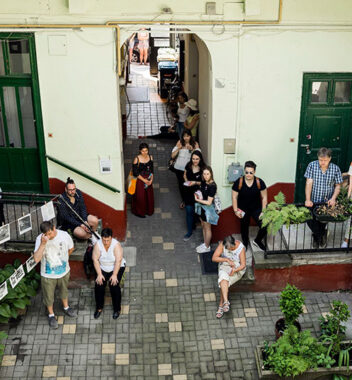
Cities
Cultural Heritage in Action: apply for the peer-learning visits to start in March 2021!

Audiovisual
KEA unveils the interactive guide on EU funding opportunities for the Audiovisual and News Media sectors created for the European Commission DG CONNECT
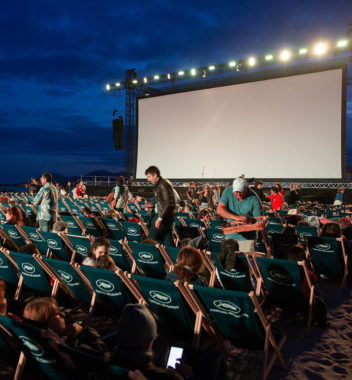
Culture
EU Observer Conference: Cultural Diversity and Europe 2020: nuisance or necessity?

EU
Share: closing one chapter, starting the next!

CCS
Driving Innovation in Culture and Creativity: KEA’s Role in the EIT C&C Partnership

News
Hommage
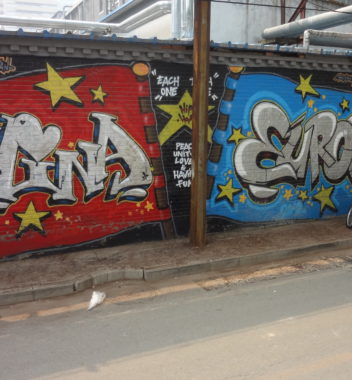
China
Communiqué: KEA to organise Shenzhen visit and exhibition at the European Parliament in Brussels

News
RADICAL CREATIVITIES A NEW SPACE FOR RADICAL PRACTICES
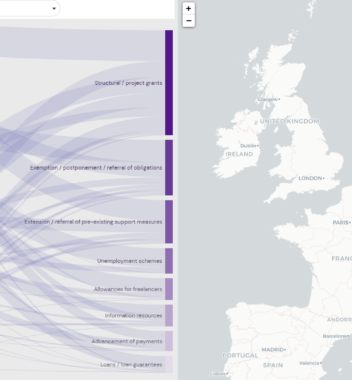
Big Data
KEA unveils interactive visualization on national measures to mitigate the COVID-19 impact on CCS
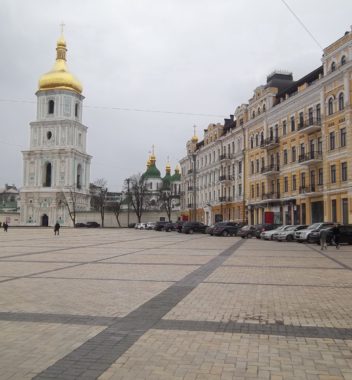
Culture
Communiqué 26.07.2017 – Ukrainian Cultural Policy Peer Review made public by the Council of Europe

Living Labs
Communiqué – KEA to develop methods supporting co-creation and the sustainable development of Living Labs

News
Art Explora Festival: Cultural Odyssey in the Mediterranean Sea
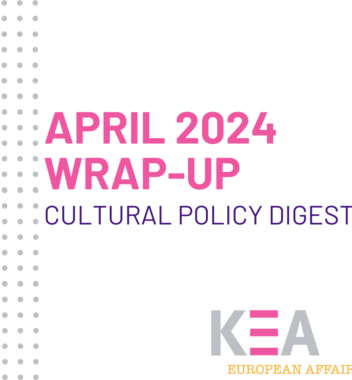
European cultural policy
Wrap-Up: KEA’s April Cultural Policy Digest

Current Affairs
Wrap-up: KEA’s June Cultural Policy Digest
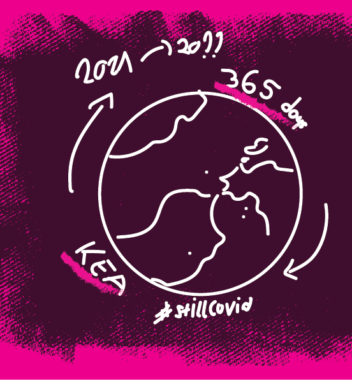
News
What distracted us from COVID in 2021? Our year in review

EU
European Parliament’s resolution welcomes the findings of KEA study on sports agents in the EU

bcreative
Communiqué 10.08.2017 – LATRA wins the b.creative challenge!
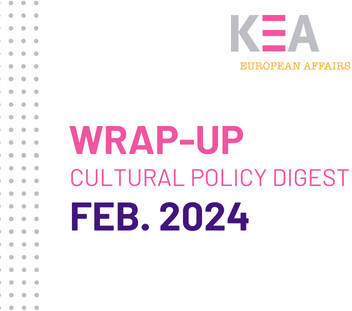
News
Wrap-Up: KEA’s February Policy Digest

Creativity
Looking forward to our next 20 years!
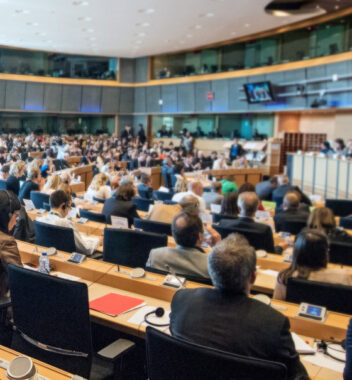
EU
Parliamentary confirmation hearings of the next College of Commissioners: Shaping the Future of Culture and Sport

Culture
Circulation of music on streaming platforms in the US and Europe
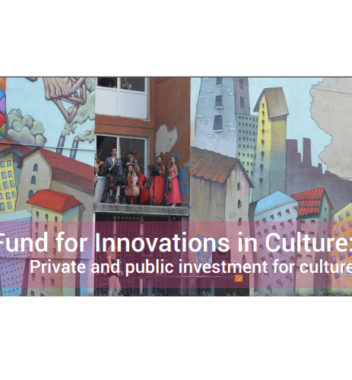
Cities
Sofia: private and public funds for innovation in culture

News
KEA to assist in mapping and analysing value chains in the cultural and creative sectors

Culture
KEA celebrates its 18th anniversary!
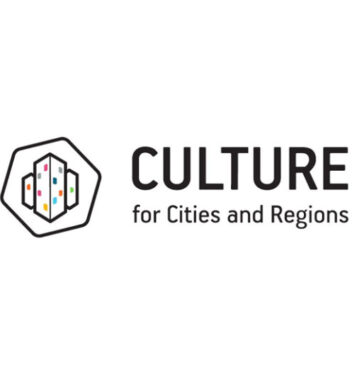
Culture
10 EU cities and regions exploring Bologna’s support for creative businesses

Creative Europe
Final clap for the Connecting Cinemas project!

Opinion
Policy Labs: modelling Ukraine’s economic recovery from the Cultural and Creative sectors
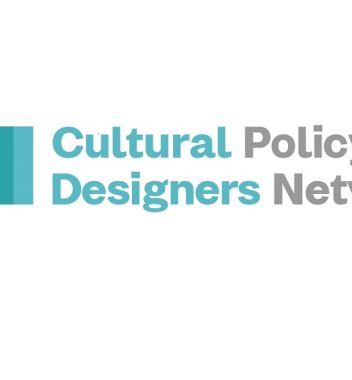
Creativity
Communiqué: Cultural Policy Designers unite in new European network
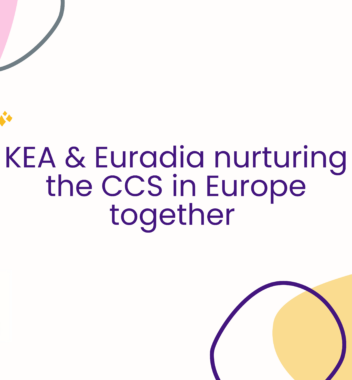
CCS
PRESS RELEASE: KEA & Euradia nurturing the CCS in Europe together

News
Welcome Massimiliano to the team!
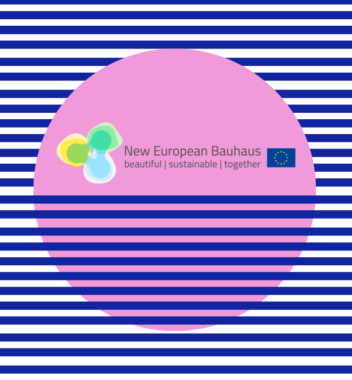
European cultural policy
The European Commission publishes the first New European Bauhaus Progress Report

Music
The study “Analysis of market trends and gaps in funding needs for the music sector” is out

News
KEA’s November Cultural Policy Wrap-Up

News
PRESS RELEASE: Understanding the Value of a European Gaming Society

Current Affairs
Second Policy Lab – For Culture to address social resilience in Ukraine
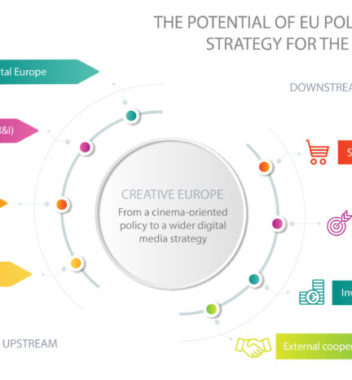
Audiovisual
Communiqué – KEA delivers an analysis on opportunities for the audiovisual sector to benefit from a wider range of EU programmes

CCS
KEA European Affairs Wrap-Up: A Transformative Year in 2024

bcreative
b.creative: interview with Philippe Kern, Managing Director of KEA European Affairs
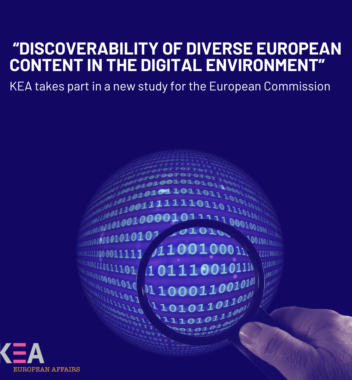
Creative Economy
KEA takes part in a study on “Discoverability of diverse European content in the digital environment” for the European Commission

Culture
Exploring the State of Artistic Freedom in Europe: Insights from the Council of Europe and the Swedish Council Presidency

Culture
KEA 2022: A Year in Review

News
Welcoming Marta to the Team!

Culture
KEA selected to advise on the improvement of Culture and Creative Sectors’ Statistics in the EU

bcreative
b.creative goes to South Korea

News
The EU supporting the reform of the Ministry of Culture of the Republic of North Macedonia

Press Release
The music export study is out
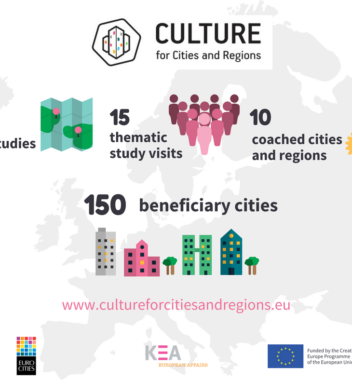
Cities
Reshaping cities and regions through smart investment in culture

bcreative
b.creative – The Global Event for Creative Entrepreneurs
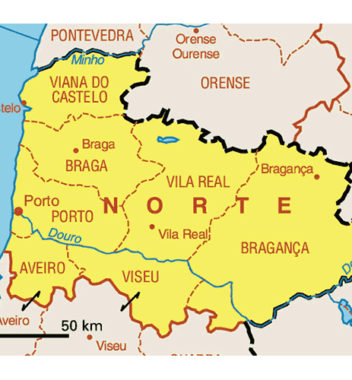
Cities
Culture for Cities and Regions: Regional hot spots of creativity: a peer-learning study visit to North Portugal

News
Communiqué – b.creative 2017 in Shanghai to address creative entrepreneurship and urban challenges

Policy
Wrap-up: KEA’s January Cultural Policy Digest
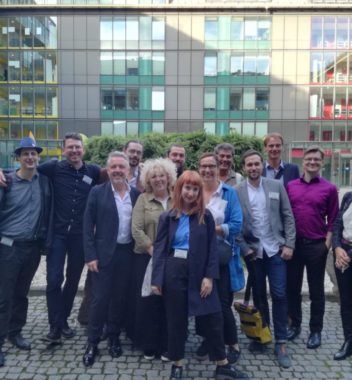
creative entrepreneurship
Towards a European Music Export Strategy / A new partnership to support European Music Export

Cities
Lille Métropole towards «la ville des possibles»

Cities
Cultural Heritage in Action!

Culture
Culture for Cities and Regions: Dundee’s creative ecosystem: three days of peer-learning exchanges

News
Welcome Gabriel to the team!

News
Wrap-Up: KEA’s March Cultural Policy Digest

Culture
Press Release – KiiCS: a new pan-European project gathering creative people, scientists and young adults in a process of co-creation for innovation

News
PRESS RELEASE – Launch of EPIC-WE. A Horizon Europe funded project for an empowered participation of young European through video game-making.

Culture
The European Commission supports the development of Slovakia’s cultural industries

News
What does 2024 hold in store for us?

bcreative
b.creative – the global event for creative entrepreneurship is moving to Shanghai

AI
CCIs steps to navigate AI uncertainties
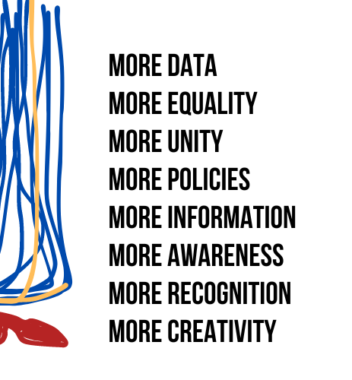
CCS
How can we fully unleash Women’s innovative potential in the cultural and creative sector?

Culture
Working for young people: transmitting culture through educational pathways – Helsinki / Espoo

Audiovisual
KEA to review market access of European Audiovisual Works on media channels

Audiovisual
Culture Forum Special Edition – KEA Newsletter

Sport
Premier League EU Court’s decision set new limit to contractual freedom in copyright
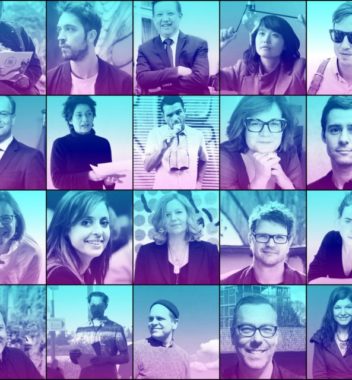
bcreative
Meet the speakers and guests @ b.creative Shanghai
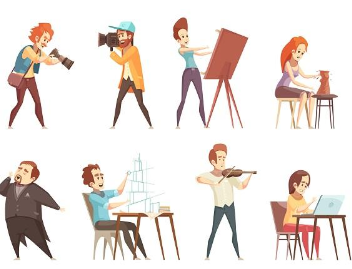
Cities
Communiqué 28 June 2018 – The European Parliament unveils KEA Study on the Future of Creative Europe

Culture
Streamed content passes the trillion landmark
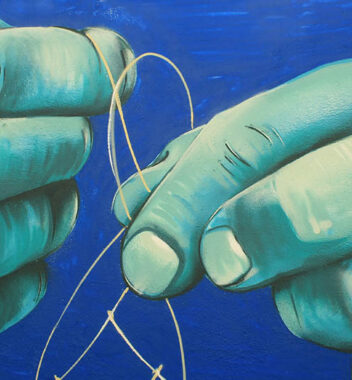
CCS
KEA takes part in the second phase of the Culture Advisory Services to the European Commission

Audiovisual
The European Audiovisual Observatory’s latest report show how players are adapting strategies to meet market needs

Culture
Communiqué 13.09.2017 – KEA to advise Babi Yar Holocaust Memorial Centre in Kyiv (Kiev) on social engagement and public relations

News
KEA turns 20: celebrating 20 years of creativity, culture and passion!

Creative Economy
Creating, innovating, disrupting through Arts & Business organisations

CCS
Cultural evaluation in evidence: assessing impact beyond economics
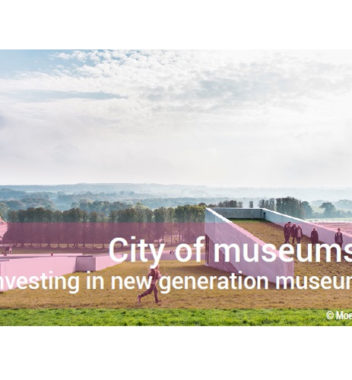
Culture
Aarhus : Investing in new generation museums to boost local attractiveness

Culture
Communiqué 22 August 2018 – KEA contributes to ESPON Targeted Analysis on Material Cultural Heritage and Territorial Development

Current Affairs
KEA leads the communication and public affairs strategy of ‘Sparks’
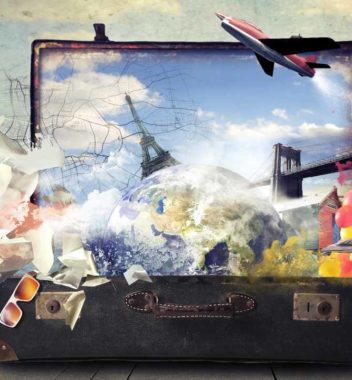
Creative Economy
Communiqué 28 September 2018 – The European Parliament publishes a report on the mobility of artists and culture professionals delivered by KEA

EU
Wrap-up: KEA’s July Cultural Policy Digest

Culture
Economic size of the creative sector

CCS
Discover the KEA method to designing cultural policies

News
Welcome Aline to the team!
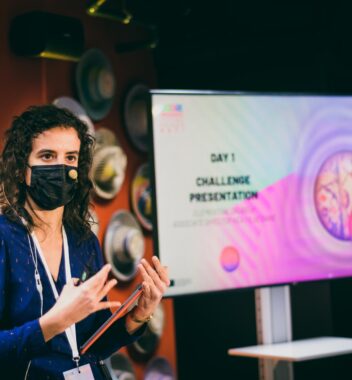
News
The ILUCIDARE challenge is open

CCS
Empowering the Cultural Sector: Better data for better working conditions

News
Communiqué: KEA appoints Arthur Le Gall as Director

EU
EU AI Act: shaping Copyright compliance in the age of AI Innovation

Cities
KEA contributes to Orfeo & Majnun, an ambitious artistic project to stimulate intercultural dialogue and community participation

Big Data
How to use big data to the benefit of educational systems

Cities
Boosting sport’s contribution to regional development: KEA coordinates the SHARE initiative

Culture
Communiqué 23.02.2018 – KEA to evaluate the Impact of the Lithuanian Film Tax Incentive Scheme
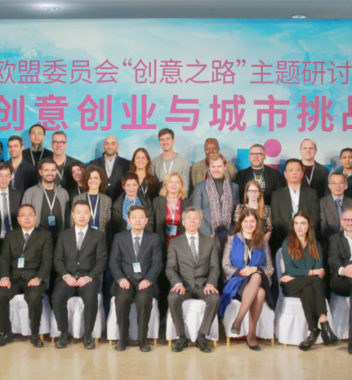
bcreative
Successful edition of b.creative in Shanghai

News
Welcome María to the team!

News
Welcome Marina to the team!

Heritage
Street art, heritage and solidarity to commemorate Ukraine in one-year full-war anniversary
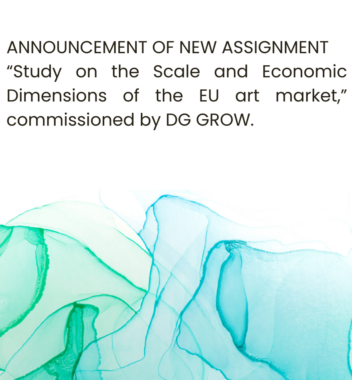
CCS
Launching a new study: the scale and economic dimensions of the EU art market

CCS
Survey on the situation of theatres in the EU Member States
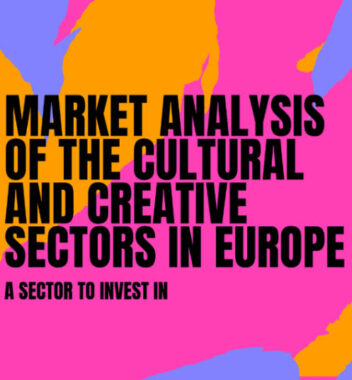
CCS
New “Market Analysis of the Cultural and Creative Sectors in Europe”

Heritage
EU OMC Expert Group latest report on cultural heritage resilience
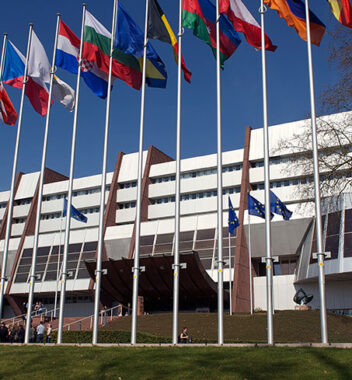
Culture
Recommendation by the Committee of Ministers of the Council of Europe on the role of culture to address global challenges (20.05.2022)

Cities
Future creative cities – Why culture is a smart investment for cities

European Commission
From Heritage to AI: key topics in von der Leyen’s mission letter for the new Commissioner

Music
The European Commission publishes “Music Moves Europe” study on the feasibility of a European Music Observatory
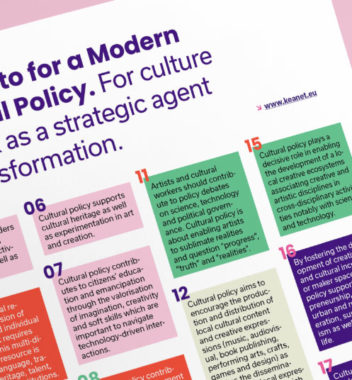
CCS
Manifesto for a Modern Cultural Policy

Culture
The impact of cultural investment in cities and regions

News
Welcome Greta to the team!

Creativity
KEA to provide capacity building to increase investment in the Cultural and Creative sectors under the EU Guarantee Facility
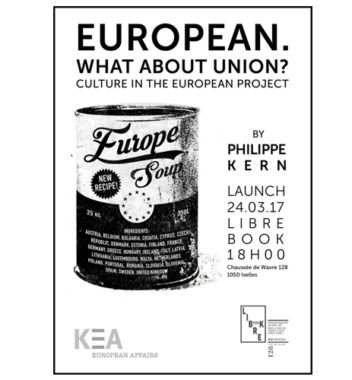
Culture
European. What about Union? Culture in the European project
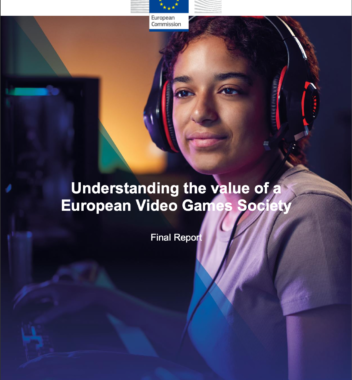
EU
First EU study on the Video Games sector now available
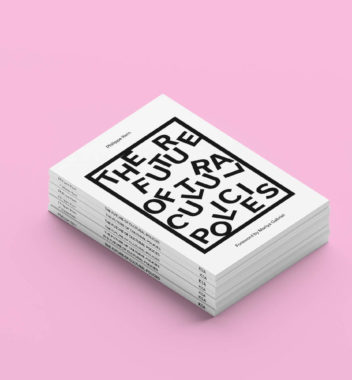
Creative Economy
The Future of Cultural Policies: our new book is out

CCS
Arthur Le Gall, KEA’s new Managing Director

News
Welcome Emanuele to the team!

Funding
Get ready for Smart Specialisation Strategies: Supporting cities and regions to raise EU regional funds for culture and creative industries
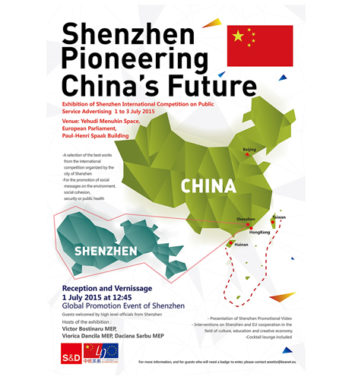
China